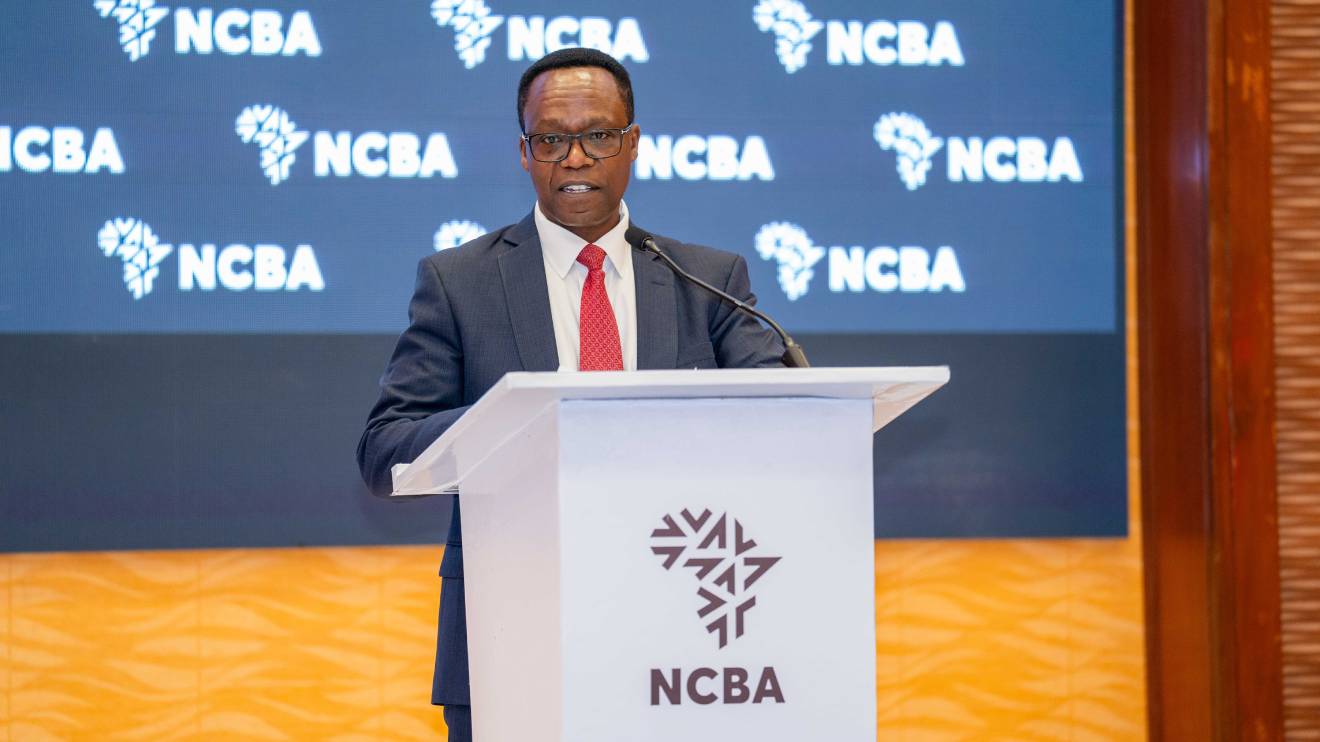Kenya’s economic prospects for 2025 have been dimmed, with the World Bank lowering its growth forecast to 4.5 per cent from an earlier estimate of approximately 5 per cent, marking a 0.4 percentage point drop.
The revision, announced on Tuesday through the latest Kenya Economic Update, is attributed to a confluence of worsening debt distress and sluggish credit uptake by the private sector.
Unveiled in Nairobi, the semi-annual report warned that the country’s fiscal fragility is now casting a heavier shadow over growth.
The global lender cited enduringly high interest rates, which remain above historical averages, as having stifled credit flow to businesses while also undermining demand and exacerbating currency-related financial strain.
The World Bank also warned of the growing strain Kenya’s debt is placing on government finances and its broader impact on the economy.
Read More
“Kenya’s public debt remains at high risk of distress, with interest payments absorbing about a third of tax revenue. Reforms to strengthen fiscal sustainability in an equitable way while promoting inclusive growth and jobs are critical to revive a slowing economy and a weak labour market,” World Bank stated.
Despite some positive signals in 2024, including falling inflation, improved foreign reserves, and a more stable shilling, the World Bank noted that these developments have not been enough to offset broader weaknesses in the economic landscape.
Business sentiment remains low, weighed down by a sequence of disruptive events ranging from national protests and flooding to a significant pullback in public development spending.
The update, which assesses Kenya’s economic performance and prospects, projects a gradual recovery in the years ahead.
According to the report, gross domestic product is expected to rebound to around 5 per cent between 2026 and 2027, suggesting a cautiously optimistic outlook for medium-term growth.
Nevertheless, deep-rooted structural issues continue to plague the country’s economy.
Offering further perspective on the country’s structural limitations, Qimiao Fan, the World Bank’s country director for Kenya, Rwanda, Somalia, and Uganda, remarked that macroeconomic gains have not translated into broad-based benefits.
“Despite improvements in Kenya’s macroeconomic indicators, the country continues to face structural challenges, including insufficient job creation and low wages, especially among the youth,” Fan stated.
The Kenya Economic Update is published twice annually and serves as a key reference point for assessing economic performance and guiding policy direction.
This latest edition underlines the urgent need for Kenya to undertake decisive reforms to reduce fiscal pressure and stimulate inclusive economic recovery.
The report paints a picture of an economy at a crossroads—stabilising on some fronts but undercut by persistent financial and social vulnerabilities that demand bold, inclusive reforms.


-1756474472.jpg)



-1753733469.jpeg)


